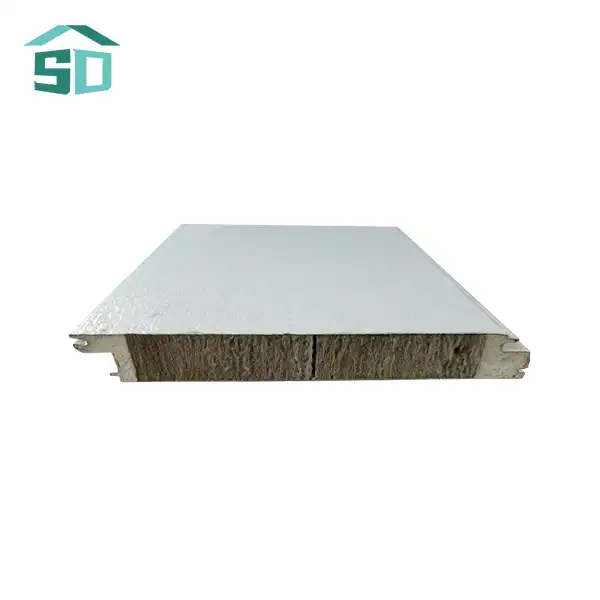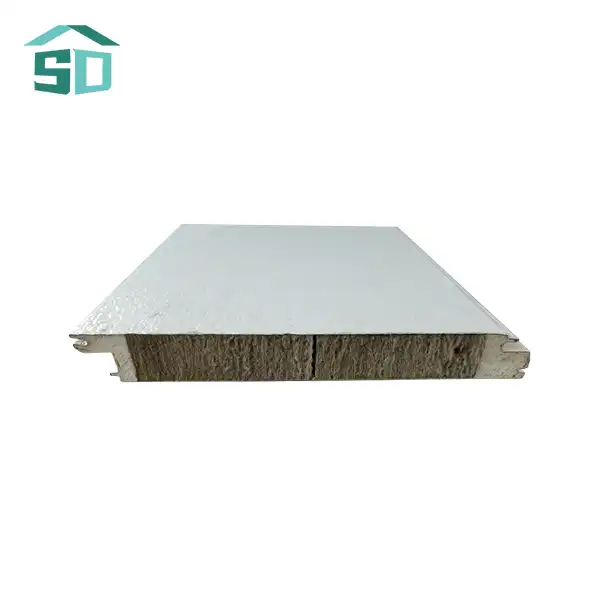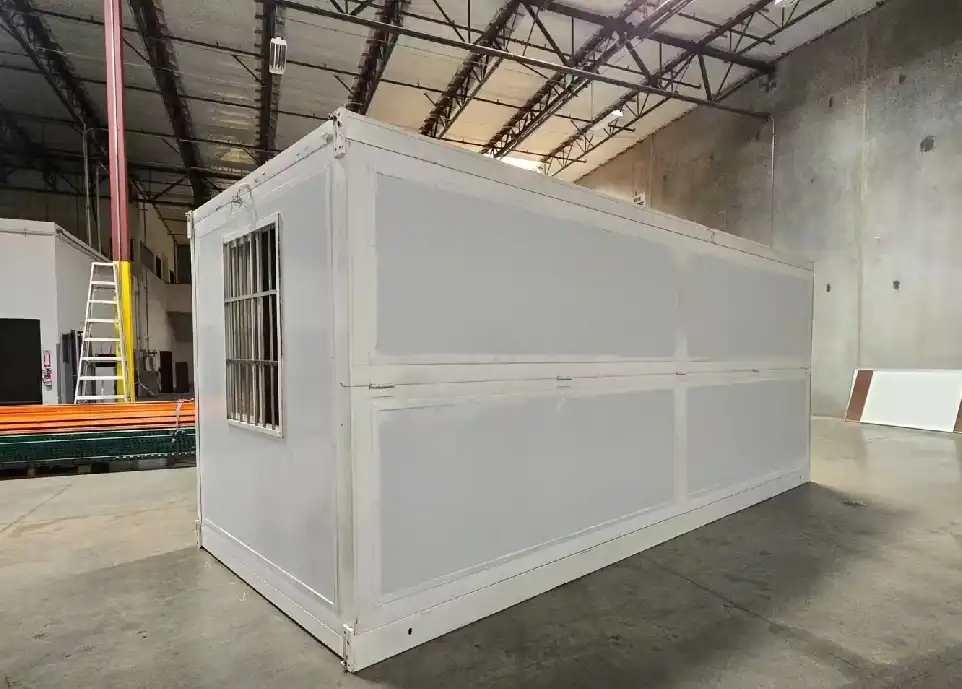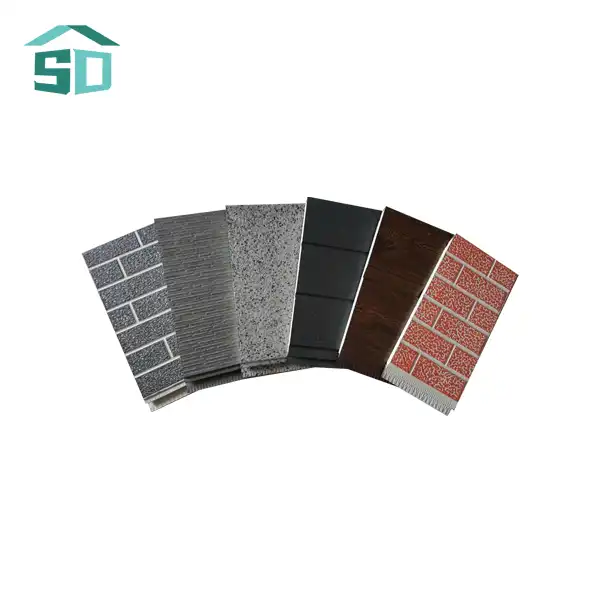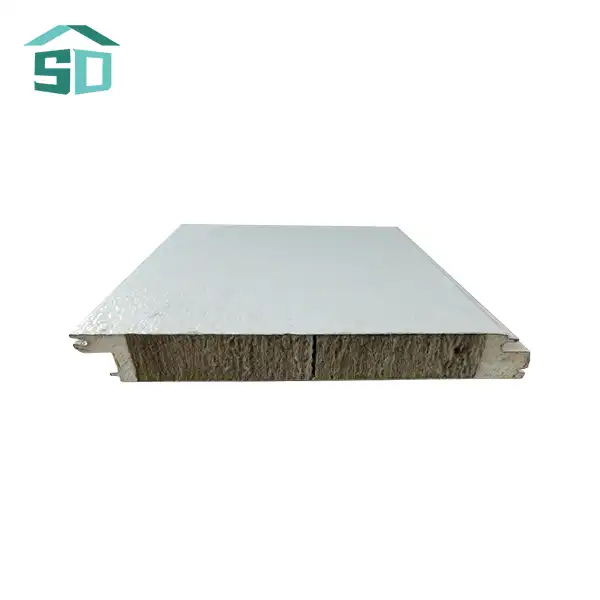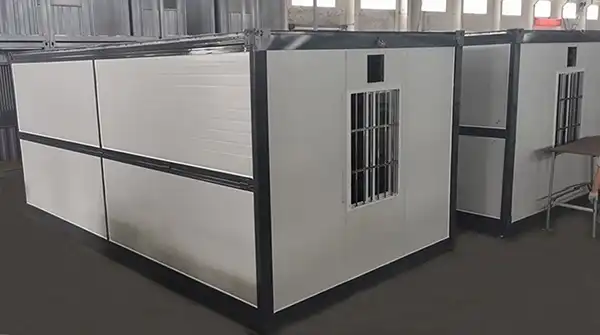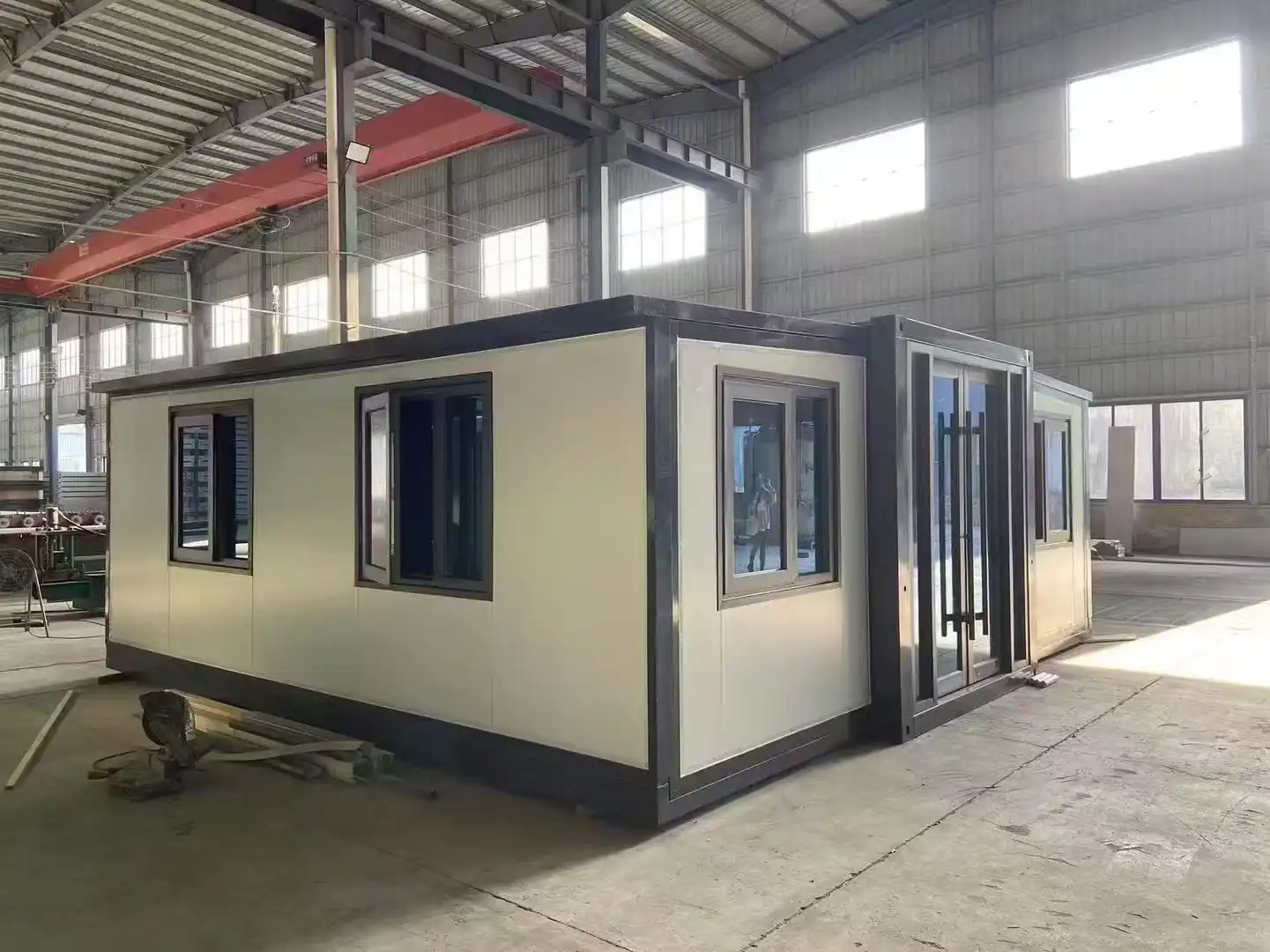The Science Behind PU Insulation Boards' Soundproofing Properties
PU insulation boards, crafted from polyurethane foam, possess an intricate cellular structure that serves as a formidable barrier against sound transmission. This unique composition allows the boards to effectively absorb and dampen sound waves, significantly reducing noise pollution in various environments. The closed-cell structure of PU foam acts as a maze for sound waves, forcing them to navigate through multiple layers and lose energy in the process.
The density of PU insulation boards plays a crucial role in their soundproofing effectiveness. Higher density boards typically offer superior sound absorption properties, as they provide more material for the sound waves to interact with and dissipate. This characteristic makes PU insulation boards particularly effective in mitigating both airborne noise (such as conversations or music) and impact noise (like footsteps or dropped objects).
Moreover, the thickness of PU insulation boards directly correlates with their soundproofing capabilities. Thicker boards generally provide better noise reduction, as they create a more substantial barrier for sound waves to penetrate. This relationship between thickness and sound insulation allows for customizable solutions to meet specific acoustic requirements in different applications.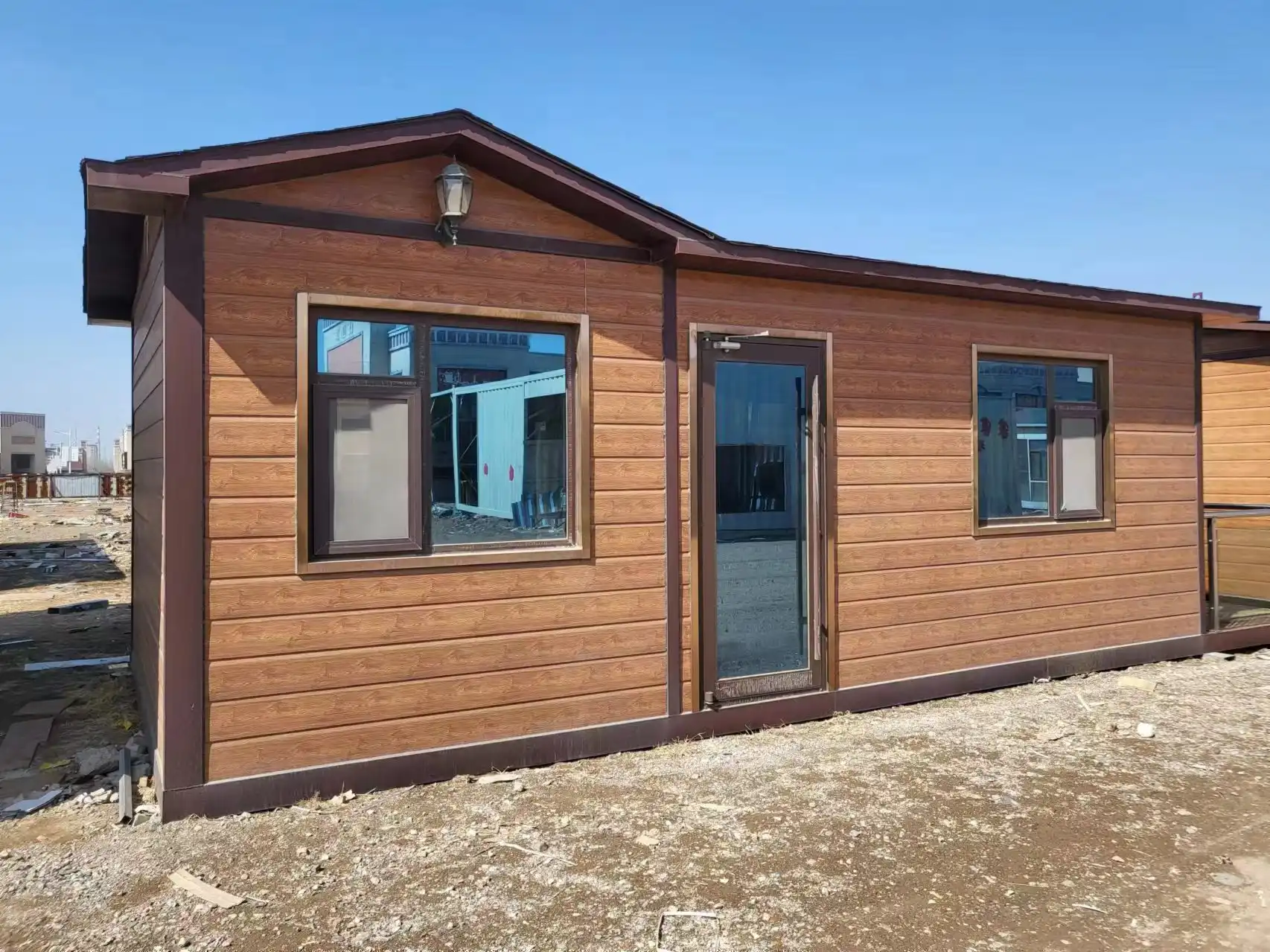
Acoustic Performance Metrics
To quantify the soundproofing effectiveness of PU insulation boards, industry professionals utilize several key metrics:
- Sound Transmission Class (STC): This rating measures how well a material reduces airborne sound transmission. Higher STC ratings indicate better sound insulation properties.
- Impact Insulation Class (IIC): This metric evaluates a material's ability to reduce impact noise transmission, particularly important for flooring applications.
- Noise Reduction Coefficient (NRC): This value represents the average sound absorption coefficient across various frequencies, indicating how effectively a material absorbs sound rather than reflecting it.
PU insulation boards consistently demonstrate impressive performance across these metrics, making them a top choice for architects, builders, and homeowners seeking effective soundproofing solutions. The ability to tailor the thickness and density of PU boards allows for optimized acoustic performance in diverse settings, from residential apartments to commercial office spaces.
Versatile Applications: From Walls to Ceilings
The adaptability of PU insulation boards extends their soundproofing benefits to various architectural elements, enhancing acoustic comfort throughout buildings. These versatile panels can be seamlessly integrated into walls, ceilings, and floors, providing comprehensive noise reduction solutions for diverse spaces.
In wall applications, PU insulation boards excel at reducing sound transmission between rooms or from external sources. Their lightweight nature and ease of installation make them ideal for both new construction and retrofit projects. When incorporated into partition walls, these boards significantly diminish noise transfer, creating more private and peaceful environments in multi-unit residential buildings, hotels, or office complexes.
Ceiling installations of PU insulation boards offer dual benefits of thermal insulation and noise reduction from upper floors or rooftops. This application is particularly valuable in multi-story buildings, where footsteps and other impact noises can be a significant source of disturbance. The boards can be easily fitted between joists or applied directly to the ceiling surface, providing an effective barrier against both airborne and structure-borne sounds.
Flooring Solutions
PU insulation boards also find extensive use in flooring applications, where they play a crucial role in minimizing impact noise transmission. When installed beneath hardwood, laminate, or tile flooring, these boards create a resilient layer that absorbs vibrations and reduces the transmission of footsteps and other impact sounds to lower levels. This application is especially beneficial in apartment buildings, condominiums, and office spaces where floor-to-floor noise reduction is essential for occupant comfort.
The versatility of PU insulation boards extends to specialized acoustic treatments as well. They can be shaped and contoured to create custom sound-absorbing panels for walls or ceilings, enhancing the acoustic properties of spaces such as recording studios, conference rooms, or auditoriums. The ability to customize these boards in terms of thickness, density, and surface finish allows for tailored solutions that meet specific acoustic requirements while also contributing to the aesthetic appeal of the space.
Enhanced Living and Working Environments
The implementation of PU insulation boards for soundproofing purposes significantly elevates the quality of living and working environments. By effectively reducing noise pollution, these boards contribute to creating spaces that promote relaxation, concentration, and overall well-being.
In residential settings, PU insulation boards help create peaceful havens within homes. By minimizing external noise intrusion and inter-room sound transmission, they enable residents to enjoy quieter sleeping areas, more private conversations, and reduced disturbances from neighbors or street noise. This enhanced acoustic comfort can lead to improved sleep quality, reduced stress levels, and a more harmonious living environment for all occupants.
The benefits of PU insulation boards extend to commercial and office spaces as well. In open-plan offices, where noise can be a significant distraction, these boards can be used to create quieter work areas and meeting rooms. By reducing ambient noise levels, they help improve concentration, productivity, and communication among employees. In educational institutions, PU insulation boards contribute to creating optimal learning environments by minimizing disruptive noises and enhancing speech intelligibility in classrooms.
Health and Well-being Implications
The soundproofing capabilities of PU insulation boards have far-reaching implications for occupant health and well-being. Exposure to chronic noise pollution has been linked to various health issues, including stress, sleep disturbances, and cardiovascular problems. By effectively reducing noise levels, PU insulation boards help mitigate these risks, contributing to healthier living and working conditions.
Moreover, the improved acoustic environment created by these boards can have positive psychological effects. Reduced noise levels have been associated with lower stress levels, improved mood, and enhanced cognitive performance. In healthcare settings, such as hospitals and clinics, PU insulation boards can contribute to creating quieter environments that promote patient recovery and staff well-being.
The versatility of PU insulation boards in addressing soundproofing needs across various applications underscores their value in modern construction and renovation projects. As awareness of the importance of acoustic comfort grows, these boards offer a practical and effective solution for creating quieter, more pleasant spaces that enhance quality of life and productivity.
Conclusion
PU insulation boards emerge as a versatile and effective solution for soundproofing, offering significant benefits across residential, commercial, and industrial applications. Their unique cellular structure and customizable properties make them an ideal choice for those seeking to create quieter, more comfortable environments. By addressing both thermal insulation and noise reduction needs, PU insulation boards provide a comprehensive solution for modern building requirements.
As we continue to recognize the importance of acoustic comfort in our living and working spaces, the role of PU insulation boards in soundproofing is likely to grow. Their ability to enhance the quality of life, improve productivity, and contribute to overall well-being makes them an invaluable asset in contemporary architecture and design.
For more information on how PU insulation boards can transform your space into a tranquil oasis, or to explore our range of high-quality insulation solutions, please don't hesitate to contact us at info@sdqsc.com. Our team of experts is ready to help you create the perfect acoustic environment for your needs.
FAQ
How effective are PU insulation boards in reducing noise compared to other materials?
PU insulation boards are highly effective in reducing noise, often outperforming traditional materials due to their unique cellular structure. They typically offer superior sound absorption across a wide range of frequencies.
Can PU insulation boards be used in both new construction and renovation projects?
Yes, PU insulation boards are versatile and can be easily integrated into both new construction and renovation projects, making them an excellent choice for various applications.
Are there any specific maintenance requirements for PU insulation boards used for soundproofing?
PU insulation boards generally require minimal maintenance. However, it's important to ensure they remain dry and undamaged to maintain their soundproofing effectiveness over time.
References
1.Sound Transmission Class. (2023). Architectural Acoustics.
2.Berardi, U., & Iannace, G. (2015). Acoustic characterization of natural fibers for sound absorption applications. Building and Environment, 94, 840-852.
3.World Health Organization. (2018). Environmental Noise Guidelines for the European Region.health/noise/publications/2018/environmental-noise-guidelines-for-the-european-region-2018
4.National Institute for Occupational Safety and Health. (2022). Noise and Hearing Loss Prevention.
